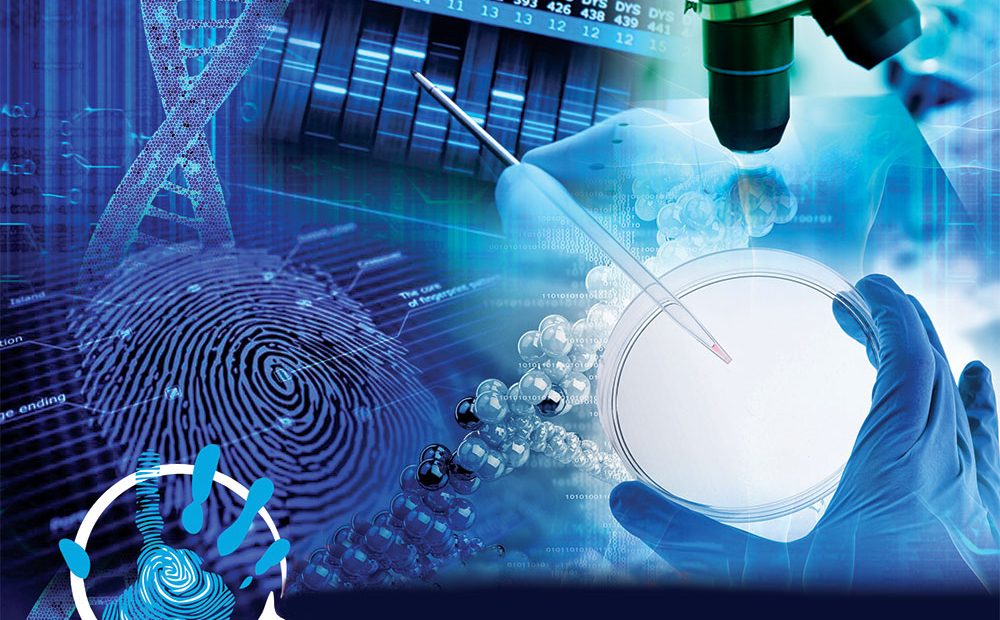
Forensic science is the application of scientific methods and techniques to solve crimes and legal cases. It encompasses various disciplines, such as biology, chemistry, physics, and computer science, to analyze and interpret evidence collected at the crime scene. This article will provide an overview of forensic science, including its history, techniques, and applications.
History of Forensic Science
The history of forensic science dates back to the ancient world, where the Chinese used fingerprints to identify documents and clay sculptures. The first recorded use of forensic science in criminal investigations was in 1248, where the Chinese used handprints to solve a murder case. In the 17th century, an Italian physician named Fortunato Fedele introduced the concept of using medical evidence to solve crimes.
In the 19th century, several significant advances were made in forensic science. In 1836, Scottish chemist James Marsh developed a method to detect arsenic in human tissue, which led to the first successful murder conviction based on forensic evidence. In 1877, French criminologist Alphonse Bertillon introduced anthropometry, a system of body measurements used for personal identification.
Techniques Used in Forensic Science
Forensic science uses a variety of techniques to analyze and interpret evidence. Here are some of the most common techniques used in forensic science:
-
DNA analysis: DNA analysis is a powerful tool used in forensic science to identify suspects and link them to crime scenes. DNA can be extracted from a variety of sources, such as blood, saliva, and hair.
-
Fingerprint analysis: Fingerprint analysis is the process of comparing fingerprints found at a crime scene with those of a suspect. Fingerprint analysis is based on the fact that no two fingerprints are the same.
-
Ballistics analysis: Ballistics analysis is the examination of firearms, bullets, and other related evidence. Ballistics experts can determine the type of weapon used, the trajectory of the bullet, and the distance from which the shot was fired.
-
Toxicology: Toxicology is the study of the effects of drugs and poisons on the human body. Toxicologists can analyze blood, urine, and other bodily fluids to determine if drugs or poisons were present.
Applications of Forensic Science
Forensic science is used in a variety of applications, including:
-
Criminal investigations: Forensic science is used to help solve crimes by analyzing evidence found at the crime scene. Forensic evidence can be used to identify suspects, link them to the crime scene, and provide evidence for a conviction.
-
Civil cases: Forensic science is also used in civil cases, such as personal injury lawsuits and insurance claims. Forensic evidence can help determine liability and damages in these cases.
-
Human identification: Forensic science is used to identify human remains in cases of mass disasters, natural disasters, and homicides. DNA analysis, fingerprint analysis, and dental records are some of the techniques used for human identification.
-
Forensic accounting: Forensic accounting is the use of accounting techniques to investigate financial crimes, such as embezzlement, fraud, and money laundering.
Questions and Answers
Q: What is forensic science?
A: Forensic science is the application of scientific methods and techniques to solve crimes and legal cases.
Q: What are some techniques used in forensic science?
A: Some techniques used in forensic science include DNA analysis, fingerprint analysis, ballistics analysis, and toxicology.
Q: What are some applications of forensic science?
A: Forensic science is used in criminal investigations, civil cases, human identification, and forensic accounting.
Code Example:
def collect_evidence():
# Secure and preserve the crime scene
# Record the location of all evidence and collect it carefully
# Package each item separately to prevent cross-contamination
# Label each package with identifying information, including date, time, location, and collector’s name
# Transport the evidence to the forensic laboratory for analysis
Questions and Answers:
Q: What is forensic science?
A: Forensic science is the application of scientific methods and techniques to investigate crimes, identify suspects, and solve cases. It involves the collection, analysis, and interpretation of physical evidence.
Q: What are some techniques used in forensic science investigations?
A: Some techniques used in forensic science investigations include DNA analysis, fingerprinting, ballistics, toxicology, and digital forensics.
Q: What are some tools used in forensic science investigations?
A: Some tools used in forensic science investigations include microscopes, spectrometers, chromatographs, and software for data analysis and visualization.
Q: What are some real-world applications of forensic science?
A: Forensic science is used in a variety of settings, including crime scene investigation, laboratory analysis, human identification, and disaster victim identification.
Q: What are some career opportunities in forensic science?
A: Some career opportunities in forensic science include crime scene investigator, forensic scientist, forensic psychologist, and forensic accountant.
Conclusion
Forensic science plays a critical role in solving crimes and legal cases. It uses a variety of techniques and disciplines to analyze and interpret evidence collected at the crime scene. Forensic science has come a long way since its
